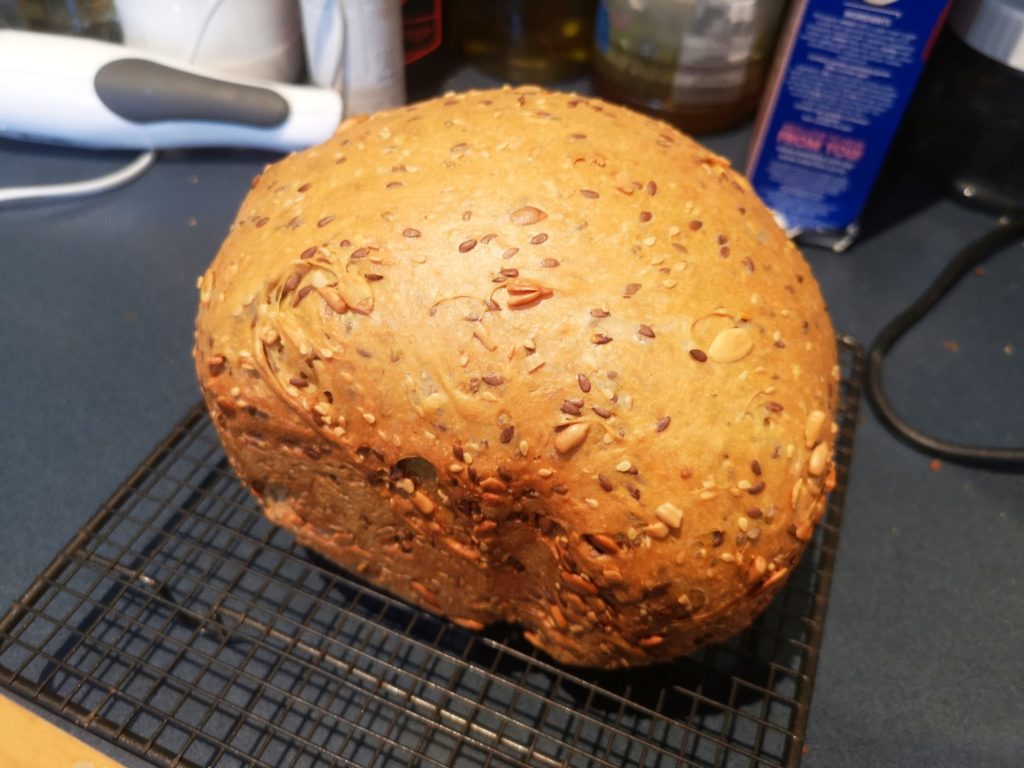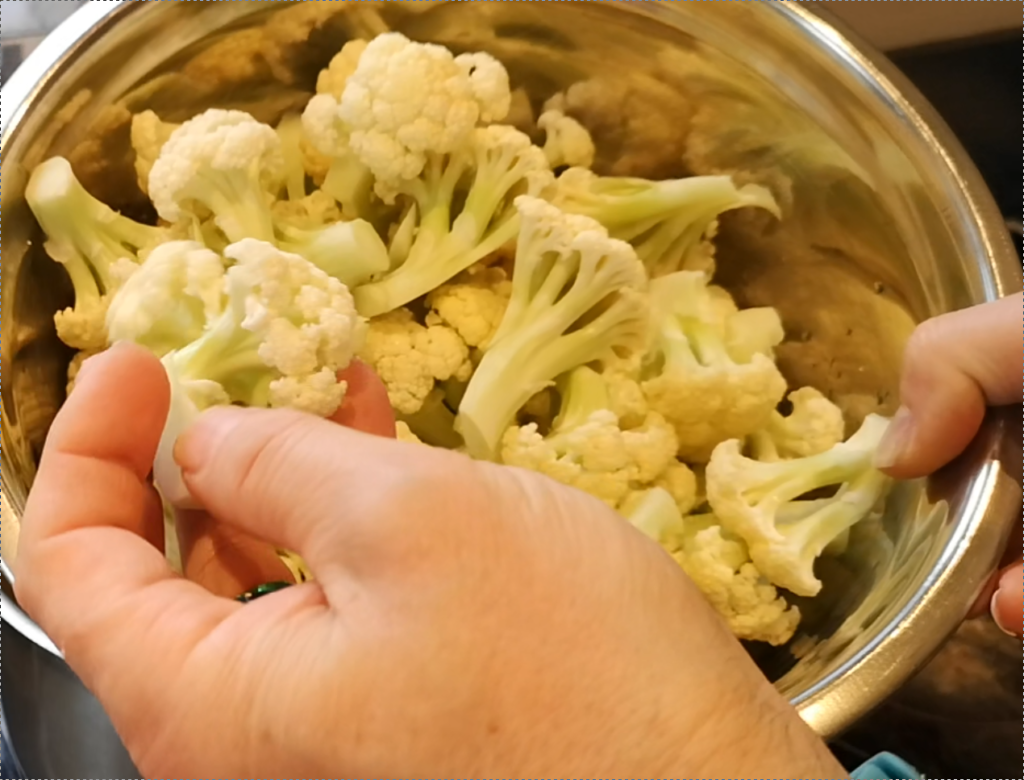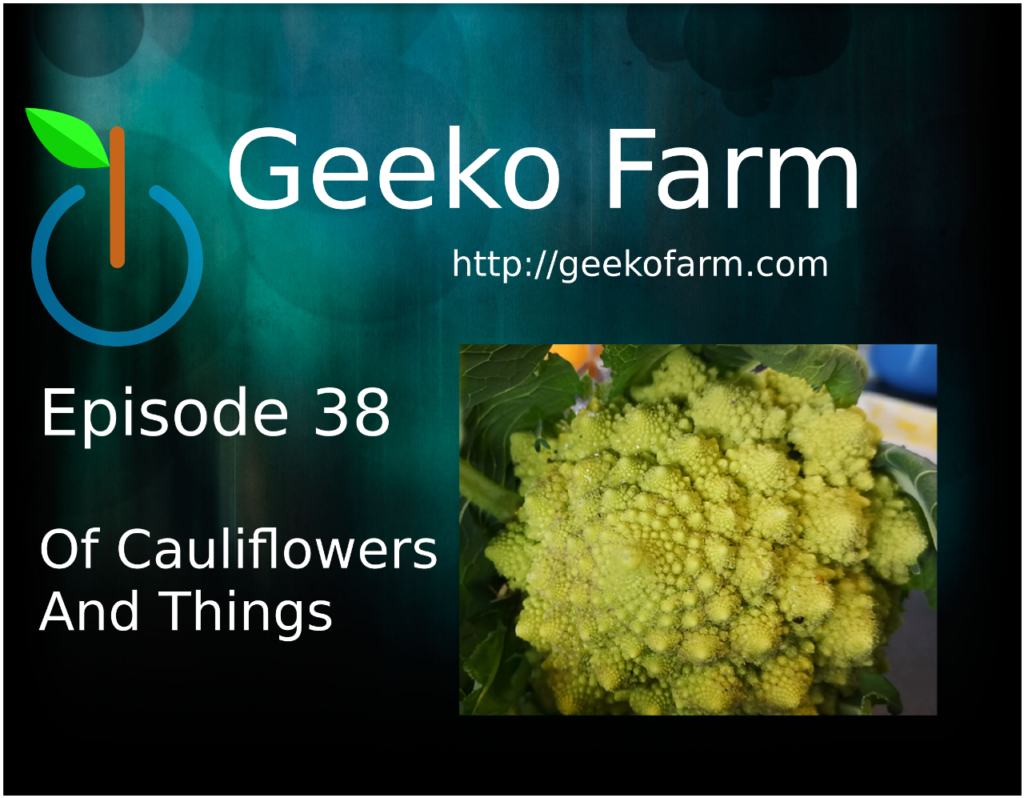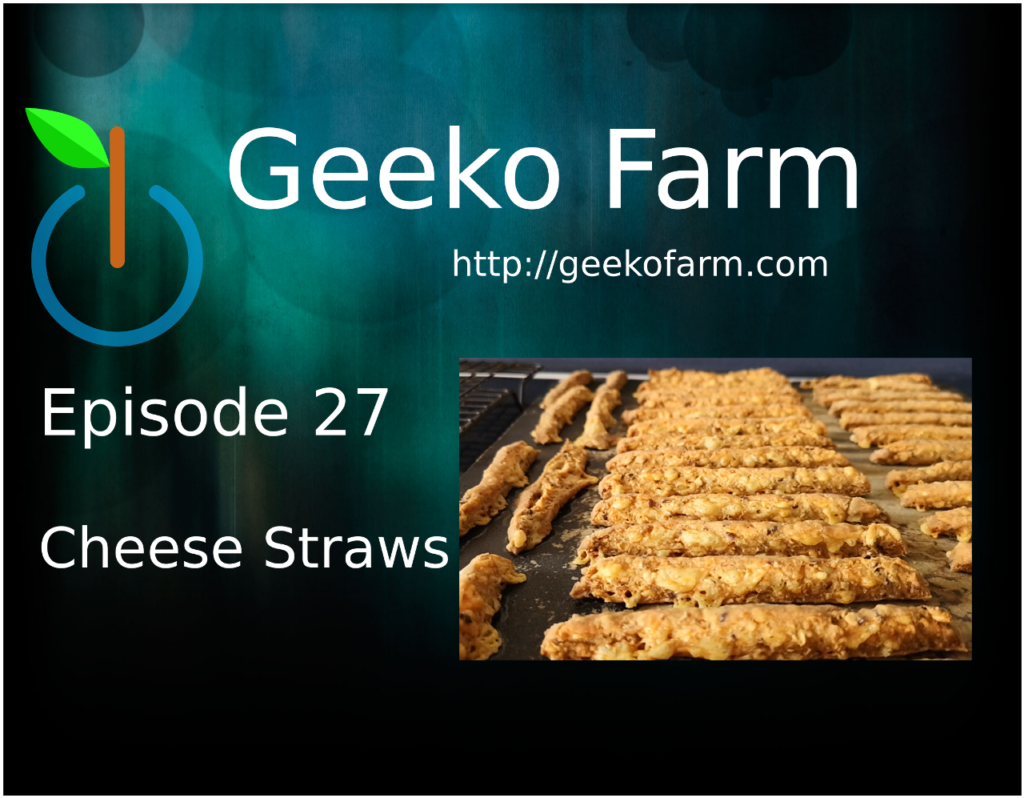We’ve had a goodly supply of rhubarb come online, and so I wanted to make a rhubarb crumble. I had a kilo, and like ginger and lemon in it. So I got ChatGPT to come up with a rhubarb recipe, added my extras and preferences, put it in metric units, and got the AI to write the usual cheesy preamble and so forth in the style of Julia Child.
So here’s what it came up with. It tasted really, really good. This serves about 8:
Ginger and Lemon Rhubarb Crumble
This classic dessert features tender, tart rhubarb with a crispy, crunchy topping that sticks to the ribs. Infused with the warm spices of ginger and the bright tang of lemon, this crumble is the perfect balance of sweet and tart. Serve with a generous scoop of creamy custard, velvety ice cream, or a dollop of freshly whipped cream.
Ingredients
- 1 kg rhubarb, chopped
- 225g sugar
- 25g flour
- 2 tsp cinnamon
- 2 tsp ginger, grated
- 2 tsp lemon zest, grated
- Juice of 1 lemon
- ¼ tsp salt
- 250g flour
- 250g oats
- 250g brown sugar
- 125g butter, unsalted, chilled and cut into small pieces
Instructions
Preheat oven to 190°C (375°F). In a mixing bowl, toss together the rhubarb, sugar, flour, cinnamon, ginger, lemon zest, lemon juice, and salt until well combined. Transfer mixture to a 200mm square or equivalent volume baking dish, approximately 50mm deep.
In a food processor, pulse together the flour, oats, and brown sugar. Add the chilled butter and pulse until mixture resembles coarse crumbs. Sprinkle crumble mixture evenly over the rhubarb mixture. Place the dish on a baking sheet and bake in preheated oven for 35-40 minutes or until top is golden brown and rhubarb is tender.
Remove from oven and let cool for a few minutes before serving. Serve with a generous scoop of creamy custard, velvety ice cream, or a dollop of freshly whipped cream.
Bon appétit! Enjoy this delicious twist on a classic dessert, inspired by the flavours of New Zealand, Julia Child, and ChatGPT!
V1.0 vik@olliver.family.gen.nz (C)2023, GFDL Applies
If you want to print it out, here’s a PDF.












